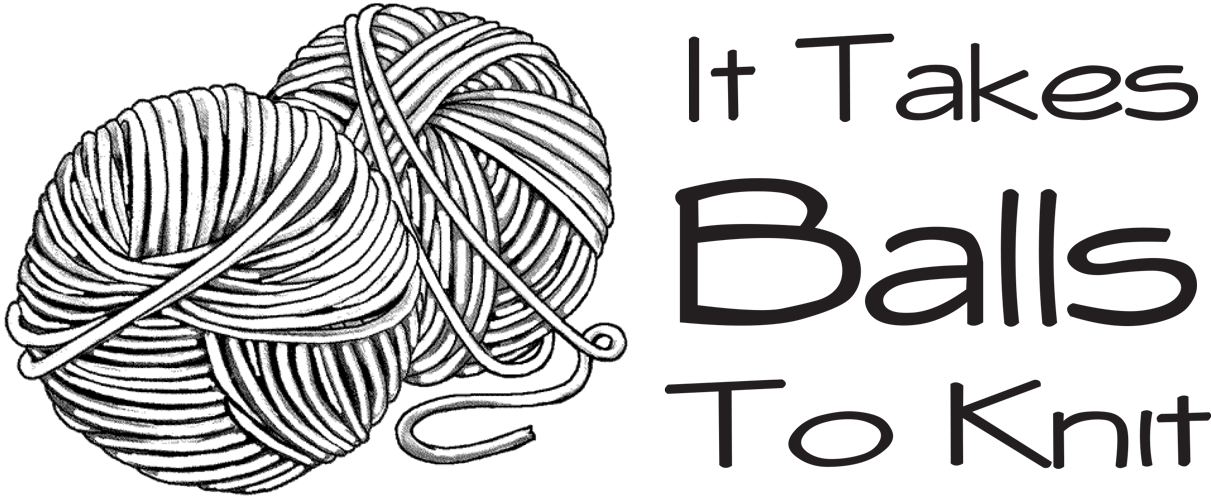This week’s texture is probably my favorite one – seed stitch. It is also referred to as moss stitch, and can be single or doubled. But to not get ahead, let’s look at it as a single first. Seed stitch is created by alternating between knit stitches and purl stitches along a row. On the following row, wherever you see a knit stitch, you purl it and wherever you see a purl stitch, you knit it. If you can follow that basic thought, you never have to count stitches or remember if you have an even number or odd number of stitches on your needles. Here is the pattern representation for seed stitch when you have an even number of stitches and an odd number of stitches.
Even number of stitches:
Row 1 – *k1, p1 Repeat from * to end of row
Row 2 – *p1, k1 Repeat from * to end of row
Repeat these 2 rows for pattern
Odd number of stitches:
Row 1 – k1 *p1, k1 Repeat from * to end of row
Repeat this row for pattern
The pattern is simpler when dealing with an odd number of stitches, as it never changes. Because of the alternation of knit and purl stitches, seed stitch is a flat stitch and can be used almost anywhere. It is especially nice in a scarf, creating a very interesting textured fabric that is both a delight to look at and to feel. I also like to use it at the edges of a scarf where I am cabling further in to help keep the scarf flat. Getting a little more adventurous, you can create a piece of fabric that uses seed stitch as a type of relief texture to depict a symbol or letter or even entire words. Or you can reverse it and have the fabric done in seed stitch and depict the symbol in stocking stitch.
Here is a picture of Deborah wearing a simple cowl type scarf. The scarf is made much more interesting with a seed stitch texture.
As I mentioned earlier, the seed stitch can be doubled. This is done by alternating between knitting 2 stitches and then purling 2 stitches across the row. On the next row you knit your knits and purl your purls. On row 3 you knit on your purls and purl on your knits. Row 4 sees you knitting on your knit stitches and purling on your purl stitches. Repeating these 4 rows gives you the double seed or moss stitch. The pattern looks like this:
For this texture you need at least 4 stitches, and your number of stitches will either be divisible by 4, or be divisible by 4 + 2 remainder.
Stitches divisible by 4:
Row 1 and 2: *K2, P2 Repeat from * to end of row.
Row 3 and 4: *P2, K2 Repeat from * to end of row.
Repeat these 4 rows for pattern.
Stitches divisible by 4 + 2:
Row 1: K2, *P2, K2 Repeat from * to end of row.
Row 2: P2, *K2, P2 Repeat from * to end of row.
Row 3: Repeat row 2
Row 4: Repeat row 1
Repeat these 4 rows for pattern.
Once you’ve done it a few times you’ll be able to recognize which stitch comes next and not need the pattern. You might ask what about going triple and quadruple,or even more stitches. At this point, you’ll actually start creating a basket weave pattern and that’s a texture for another week. The last thing I’d like to mention is that the seed stitch can be a laborious stitch when created using the traditional kitting technique (where the yarn is held in your right hand). This is how I first learned it and although I loved the finish product, I can remember many a time when words best left unspoken were muttered beneath my breath. OnceI learned the continental method of knitting however, I was soon able to do the seed stitch almost as quickly as I could do stocking or garter stitch!
Hugzzz 😎

